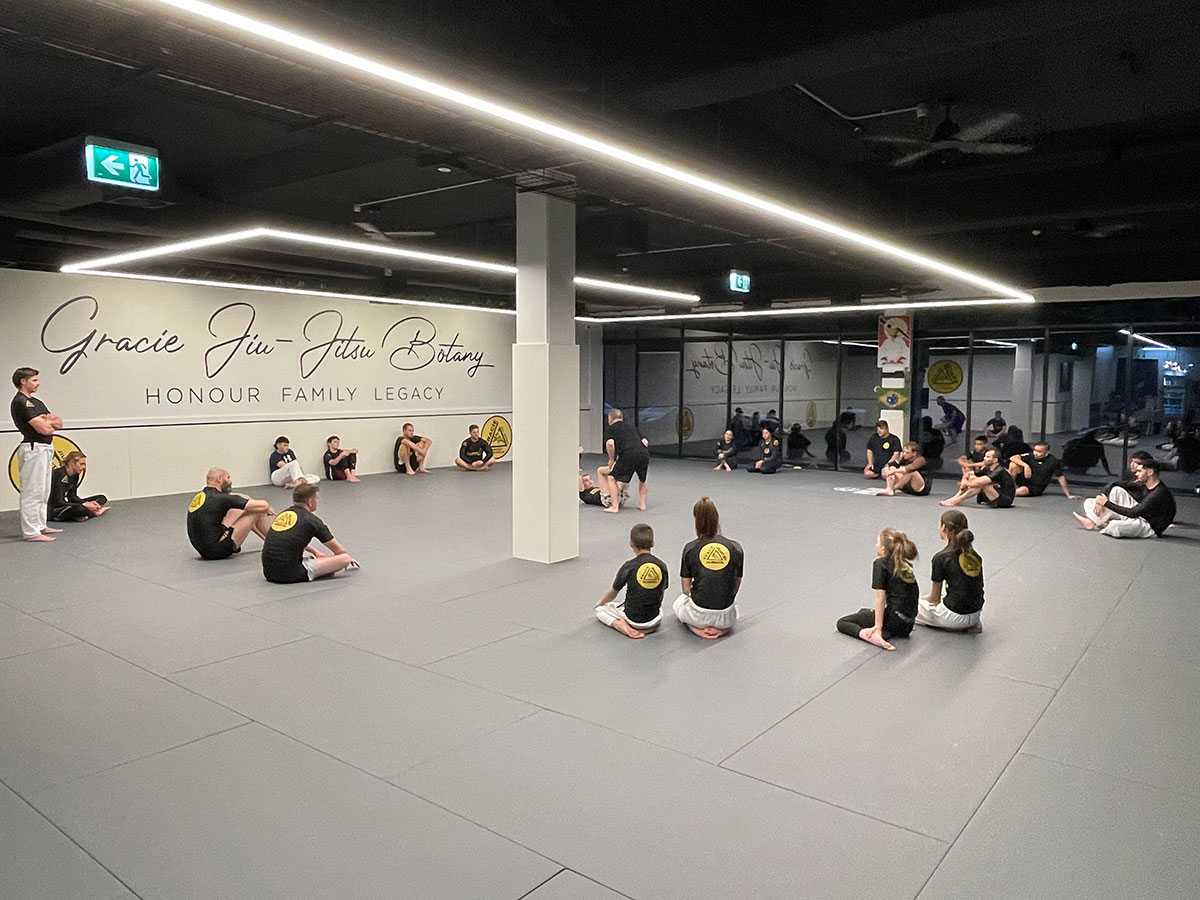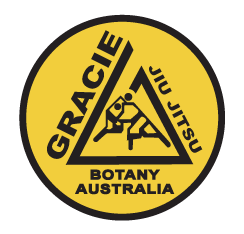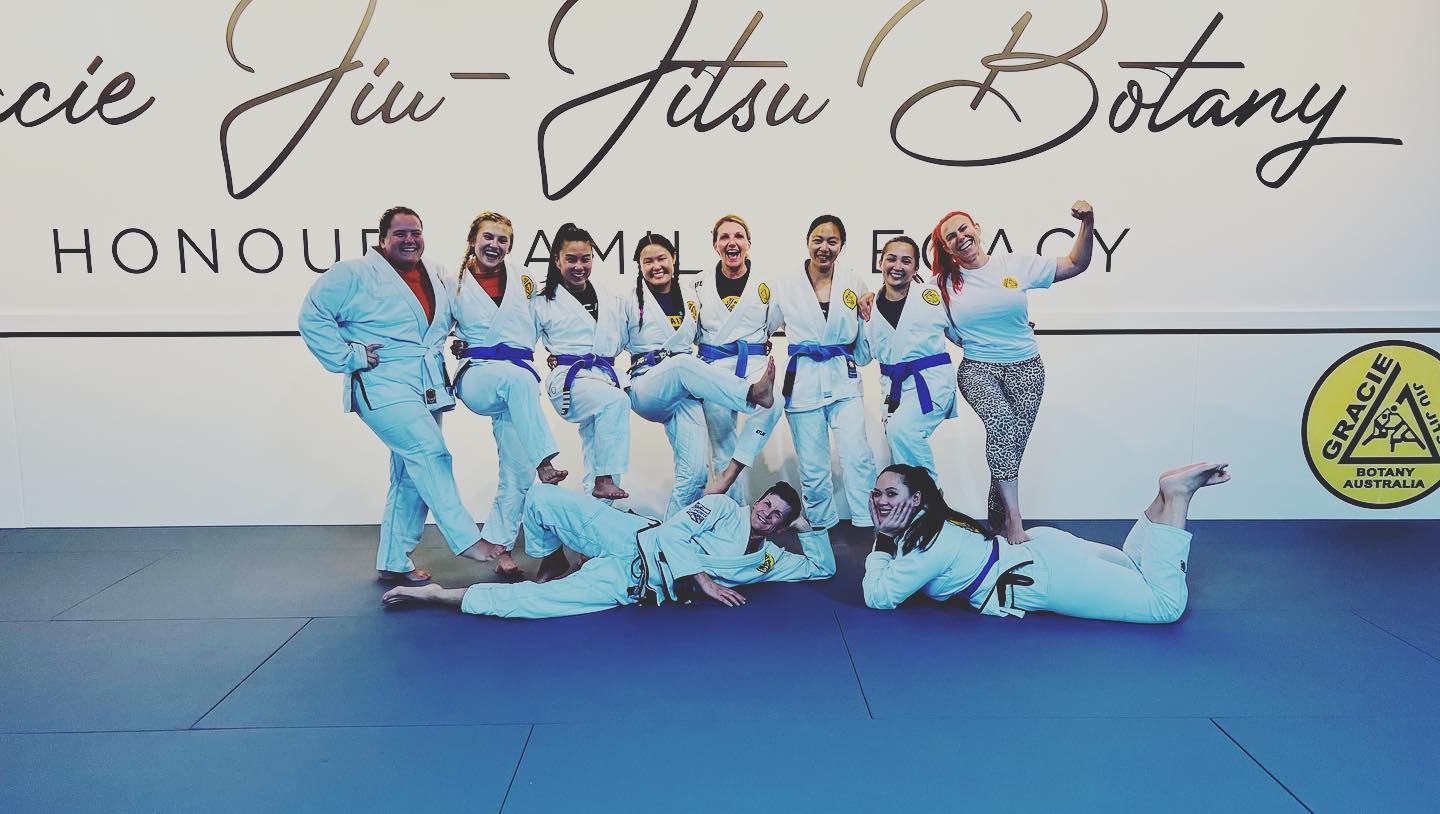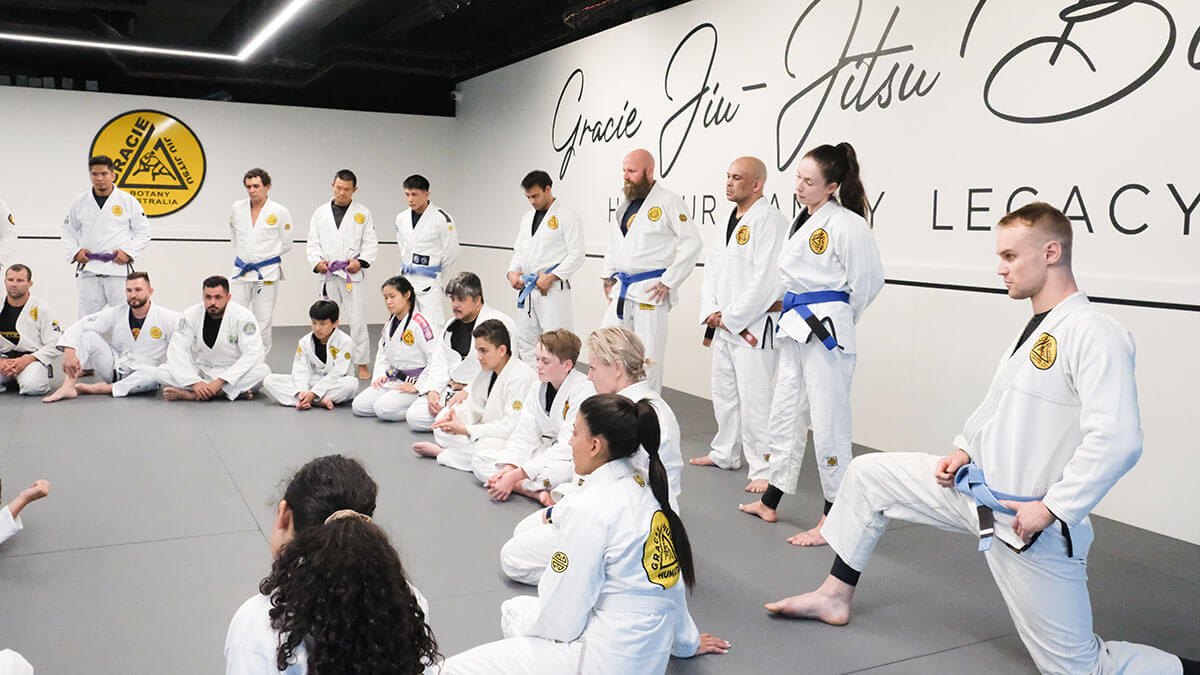Here’s an interesting paradox about Brazilian Jiu-Jitsu. The self-defense system is complicated enough that it takes decades to master, but simple enough that it can be practiced by almost anyone at almost any age.
“When is the right age to start training BJJ?” That’s a question we field a lot here at Gracie Botany, a Jiu-Jitsu academy in Sydney’s eastern suburbs. In most instances it’s asked by a parent wondering when their child can get on the mats. Other times it’s people in their 30s, 40s or 50s wondering whether it’s too late to start training.
The best time to start training is now! Generally speaking, Jiu-Jitsu is a martial art appropriate for anyone 5 years and up.
There are instances where kids as young as 4 or even 3 have developed enough coordination and social comfort to start learning. And there are examples of people beginning their BJJ journey in their 50s and even 60s. BJJ founder Helio Gracie trained well into his 90s! In short, Jiu-Jitsu is for basically everyone.
If you’re interested in BJJ classes, come into Gracie Botany for a free trial class.

What is BJJ again?
You may only have a vague idea of what Brazilian Jiu-Jitsu is – there are a lot of different martial arts out there to keep track of, and it can be hard for observers to distinguish them. BJJ is a martial art based on grappling. There are no punches or kicks, or striking of any kind. That makes it much different to martial arts like Karate, Muay Thai and Taekwondo, all of which focus entirely on strikes.
Jiu-Jitsu is not the only martial art that revolves around grappling. Wrestling and Judo are also all grappling, no striking. In fact, to make things even more complicated, BJJ actually got started as a modified form of Judo.
Judo is all about taking your opponent from a standing position to the floor. Once you trip or slam them to the ground, you win. Similarly, wrestling is about pinning your opponent’s shoulders to the mats. Once that’s achieved, the match is over. Jiu-Jitsu only ends when there’s a submission hold applied and, crucially, these submission holds can be executed from your back.
Brazilian Jiu-Jitsu is a surprisingly safe martial art to train. Two major risk factors with martial arts training come from getting hit hard, or being slammed to the ground. Since Jiu-Jitsu has no strikes and occurs mostly on the ground, these two risk factors are almost entirely eliminated.
How old is old enough?
Kids as young as 3 can train Brazilian Jiu-Jitsu, though we think 5 is generally the right age to get children on the mats. BJJ is also a terrific activity for teenagers to get into. At Gracie Botany, we separate kids classes into three groups: small kids (tots), big kids and teens. We run these classes every week day.
Training young children focuses less on BJJ technique and focuses more on fun games and drills that teaches the kids movements that are crucial to Jiu-Jitsu success. Children who grow up doing these movements get a huge advantage when they’re training later in life.
As kids get older, we get into more technical training. This involves a lot of defensive techniques which focus on how to escape bad positions – BJJ is first and foremost self-defense. It also gets the kids learning how to assume a dominant position and apply some submission holds. Teen training is very similar to the classes we have our adults doing.
Safety is our number one priority at Gracie Botany. While we do have curriculums setup for different age brackets, we always make sure that the students on the mats feel comfortable and safe.
Am I too old?
Starting Jiu-Jitsu at a young age is a gift. Ask anyone who started as a full-grown adult and they’ll say they wish they started 10 years earlier. But just because starting earlier is better doesn’t mean there’s anything wrong with starting late!
Many people begin grappling in their 40s, 50s and even 60s. Anthony Bordain is a famous example: He started rolling at the age of 57. Mature-age students need to be conscious of any old injuries or ailments which may flare up, but most of these can be worked around.
The explanation above on Jiu-Jitsu’s safety applies to adults as much as it does to kids. No slamming and no striking means BJJ is a safe martial art to try in your later years. Your biggest obstacle is likely to be physical exhaustion – but that just means you’re getting a great workout!
As long as you do elementary things like warm up, warm down and get enough rest, you’ll have plenty of grappling miles in you yet.




